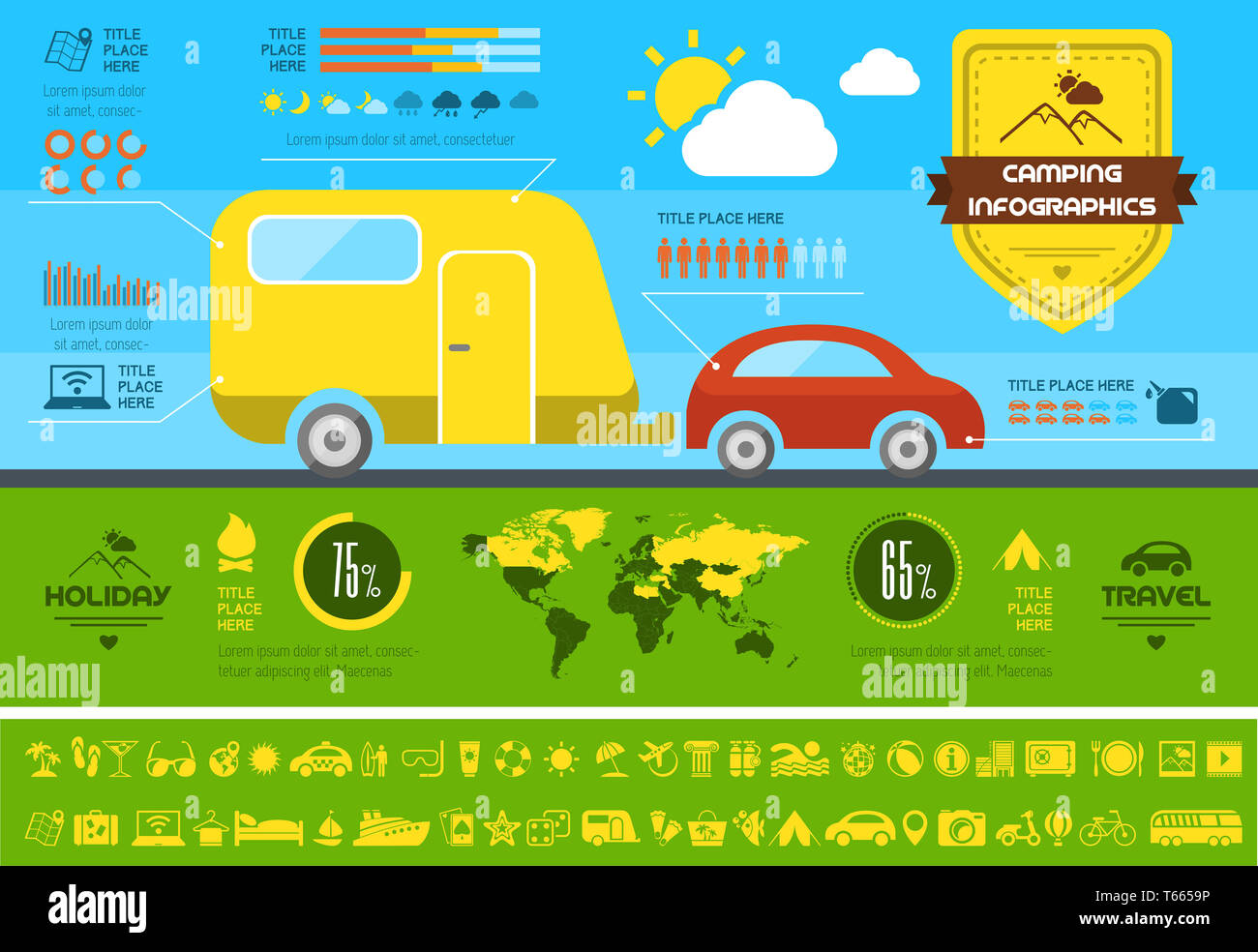While many campers focus on a camping tent's cover to secure them from rainfall, snow, and pests, the tent floor is equally essential. A high quality flooring supplies protection from standing water, soggy mud, and sharp rocks.
At White Duck Outdoors, we offer free-floating plastic floorings that are personalized to every camping tent size. This allows you to pick a flooring liner or use your own canvas tarpaulin as a lining.
Toughness
There are different types of floors readily available for wall surface camping tents. Free-floating floors are different items that you lay on the ground before developing the outdoor tents, making them easy to set up. A sewn-in flooring is a little bit much more difficult, but it provides superb protection from water and insects.
Nevertheless, the most effective alternative is a camping tent floor lining. A liner is thick and forces any type of water or insects to go under the flooring as opposed to with openings in the camping tent. It likewise minimizes the quantity of dirt that enters the camping tent, making it easier to clean and preserve.
All White Duck Outdoors wall tents feature a free-floating flooring included, so you do not need to worry about purchasing and setting up one independently. We understand the significance of being able to personalize your room and make camping even more enjoyable. The free-floating floor makes the outdoor tents much easier to lug, clean and store, luxuries that sewn-in or 3/4 floorings don't give.
Weather Resistance
When choosing a safety cover for industrial or logistical objectives, climate resistance is frequently a crucial factor. Canvas tarps are typically made from all-natural products, while plastic tarps feature sophisticated polymer engineering. This distinction in composition leads to drastically different performance features, maintenance requirements, and appropriate applications.
Plastic tarpaulins are ideal for long term industrial protection because of their resilience, water-proof features and chemical resistance. They also offer great UV security and are lighter than canvas tarps. These buildings make them the recommended selection for covering equipment and constructing momentary frameworks.
Easy Maintenance
The resilience of vinyl floors and their resistance to wear and tear translates into minimal upkeep needs. Wipe-downs with light soap and water suffice to maintain them looking clean, while stubborn stains can typically be eliminated without much effort.
In contrast, canvas covers are most likely to take in wetness with time, resulting in mold and mold development otherwise properly dried or treated. Furthermore, they might require more frequent waterproofing treatments to preserve their safety residential properties.
On top of that, a woven fabric like cotton is prone to puncturing and tearing in time, making it much more vulnerable to harm from sharp items or unpleasant surface areas. Vinyl is engineered to resist these dangers more effectively, placing it as an exceptional selection for sturdy defense applications. On top of that, its synthetic elements supply premium toughness and longevity compared to canvas products. Subsequently, they commonly have a reduced personalized bag environmental footprint in regards to manufacturing and disposal. They additionally often tend to have a much more versatile customization ability, facilitating the incorporation of detailed styles and color schemes.
Ecological Effect
Similar to all items, it is essential to recognize the ecological profile of each product. This includes everything from raw materials sourcing and manufacturing processes to usage long life and end-of-life disposal options. This information allows companies to make smarter choices that line up with sustainability goals while satisfying functional demands.
Sailcloth naturally straightens with eco-conscious goals because of its naturally degradable nature and reduced manufacturing impact. Its lighter weight translates to much less storage space and transport requirements. Its decreased maintenance demands and longer life expectancy better lower total expenses.
Plastic, on the other hand, depends on synthetic parts for its resilience and climate resistance. Its chemical treatments need high energy input. Plastic's non-biodegradable residential properties further make complex recycling and waste management procedures. Nonetheless, it does give remarkable waterproofing and UV deterioration resistance to outside environments.
